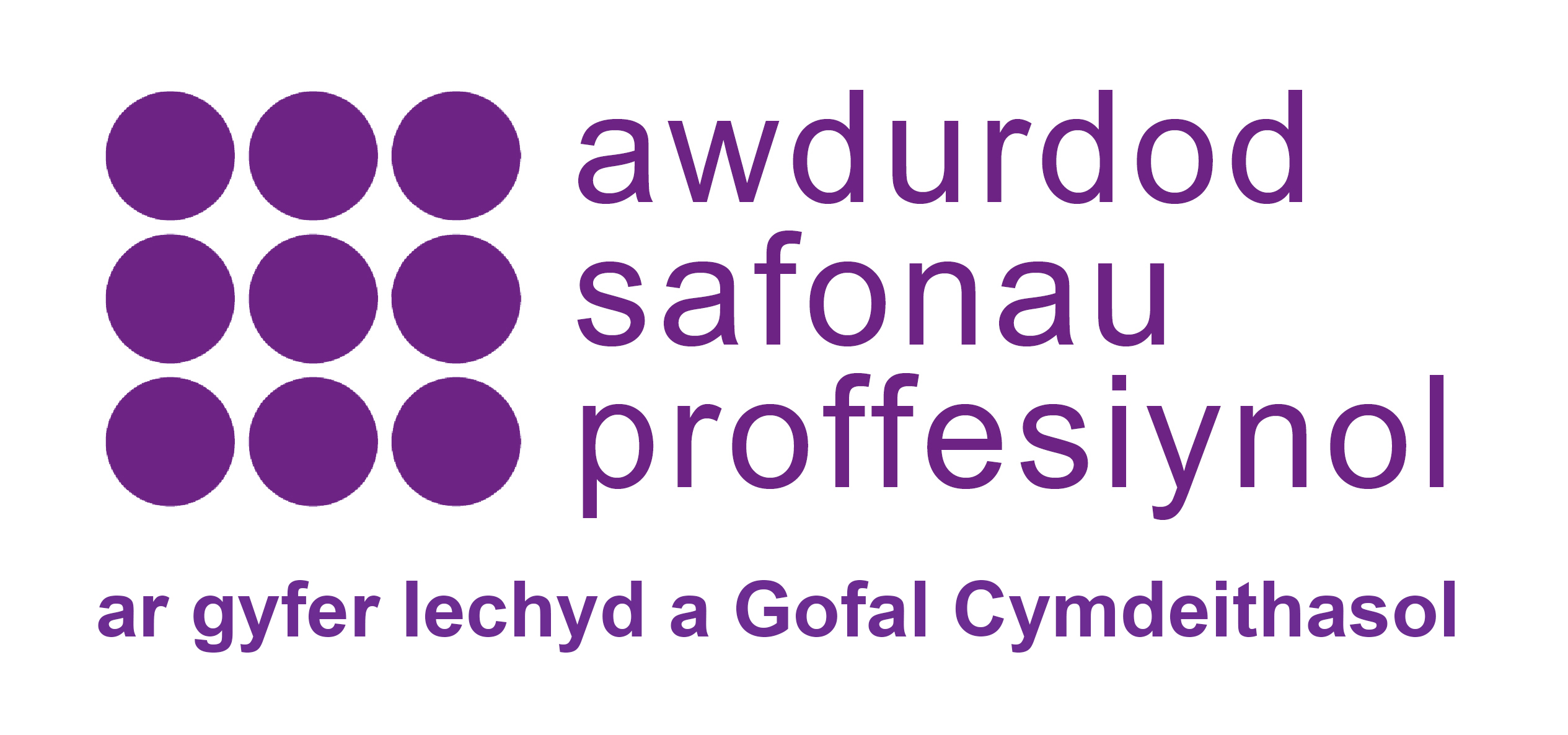Main content
Page banner
Why personal pronouns matter
Using personal pronouns
At the Professional Standards Authority, we are committed to promoting a fair and inclusive workplace where all our staff can flourish and reach their full potential. We also want all our staff, our stakeholders and those who come into contact with us to feel confident in expressing who they are.
Using pronouns can signal and contribute to a respectful and inclusive working environment. We believe that the use of pronouns shows that inclusive language matters and that everybody should be able to be their authentic self in the workplace and be able to use (and expect others to use) the pronouns they identify with.
What are pronouns (or 'gender pronouns')?
Pronouns are used in language all the time when we refer to ourselves or other people and are often an alternative to using a person’s name. Examples of pronouns that we might use to refer to others and others may use to refer to us are:
- He/him/his (for someone who might identify as male)
- She/her/hers (for someone who might identify as female)
- They/them/their (for someone who might not identify as male or female, these pronouns are ‘gender neutral’; they are also used when referring to multiple people).
Why would someone share their preferred pronouns?
Typically, we make automatic assumptions about what pronouns to use for someone. We make these assumptions based on a person’s name or their appearance. However, we should all bear in mind that:
- not everyone will identify as male or female
- not everyone’s appearance or name will conform to ‘traditional’ ideas of male or female
- not everyone’s gender identity will align with the way they appear to others.
So sharing preferred pronouns with us means that a person is informing us of how they want to be identified.


